85 years ago, these ten amazing warriors saved civilization during the Battle of Britain.
1] Douglas Bader.
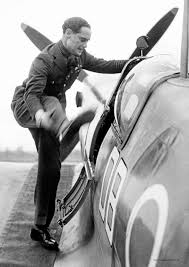
It's an incredible story. Despite losing both of his legs in an accident before the war, Bader became one of the highest-scoring fighter pilots during the Battle of Britain and a fantastic symbol of British resilience. He is the subject of one of my favorite books, Reach for the Sky, by Paul Brickhill, which was adapted into an equally inspiring movie, and which sold out fast when first published. Bader was a foul-mouthed egomaniac on the ground and in the air but terribly, thrillingly effective, racking up 22 confirmed kills before being shot down and captured by the Germans. A natural-born escape artist, he was eventually sent to Colditz, a high-security POW prison reputed to be impossible to get out of, and was liberated by US forces in April 1945. During a visit to Munich many years later, as a guest of the legendary German ace, Adolf Galland, Bader entered a room full of ex-Luftwaffe pilots. “My God,” he exclaimed, “I had no idea we left so many of you bastards alive.” He passed away aged 72, a true legend.
2] A.G. "Sailor" Malan.
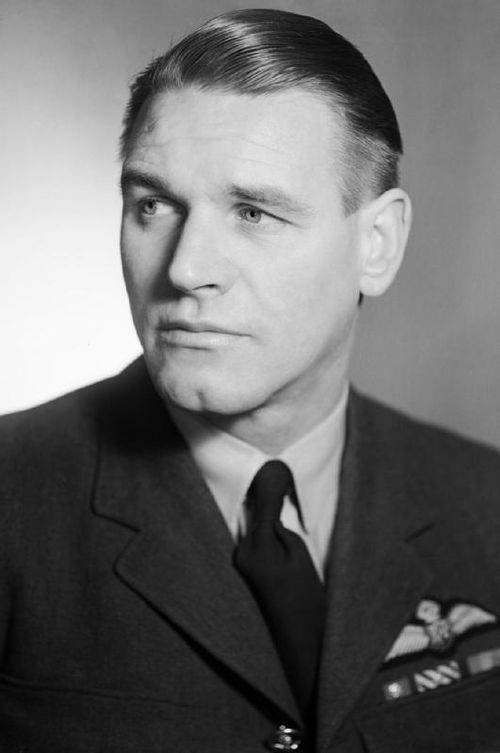
"Sailor" Malan was the most celebrated South African fighter pilot of WWII, indeed of all time, and one of the greatest aces in aviation history. Born on March 24, 1910, in Cape Town, he moved to the UK and became No. 74 Squadron's leader at the height of the Battle of Britain on 8 August 1940. Three days later, his squadron claimed to have downed 38 enemy aircraft - a phenomenal kill rate if true. Malan was a superb leader, movie star handsome, supremely calculating and calm in a cockpit - an utterly focused predator, as all great fighter pilots are. He ended the war with 27 confirmed aerial victories and returned to South Africa where he spoke out forcefully against apartheid. The very definition of the swashbuckling “knight of the air”.
3] Eric Lock.
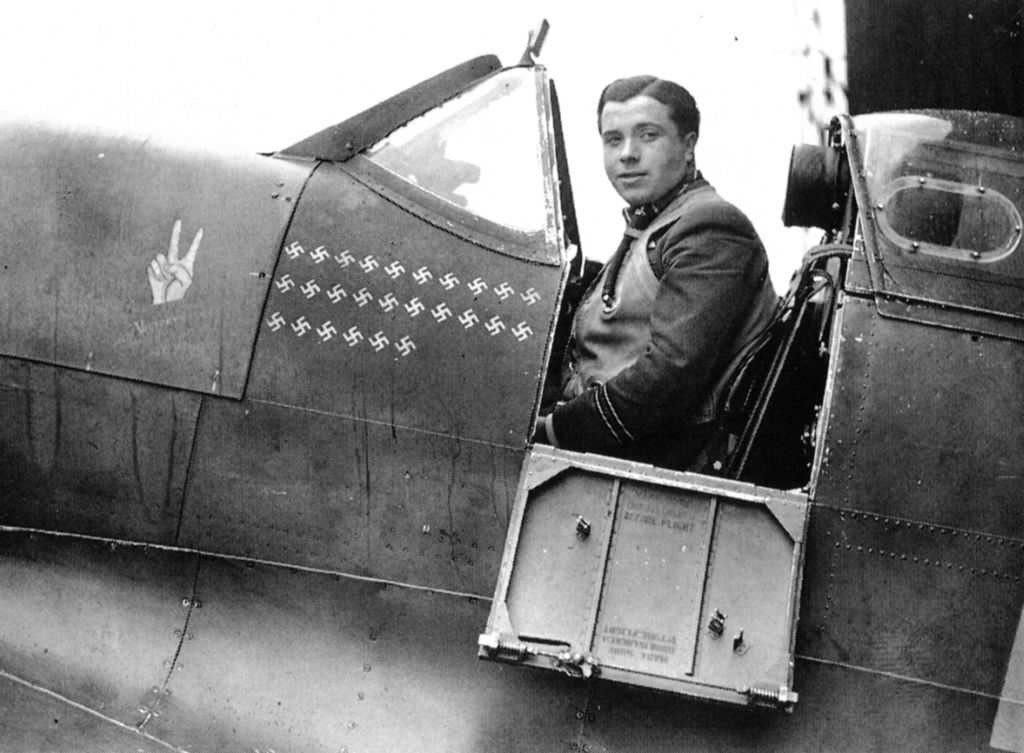
Born in Shropshire in 1919, Lock fought with 41 Squadron and was credited with 21 confirmed aerial victories during the Battle of Britain, making him the highest-scoring ace of the most critical air battle in history. Known as "Sawn Off Lockie" because of his diminutive stature outside a cockpit, he crash-landed in November 1940. Lock underwent fifteen operations over the next three months to remove shrapnel and other fragments from his wounds. He visited Buckingham Palace on crutches to receive his DSO, DFC, and Bar from King George VI and added another five kills before he was killed in action on August 3, 1941, shot down over the English Channel during a mission, aged just 22. Immense courage and ultimate resilience personified.
4] James Lacey.
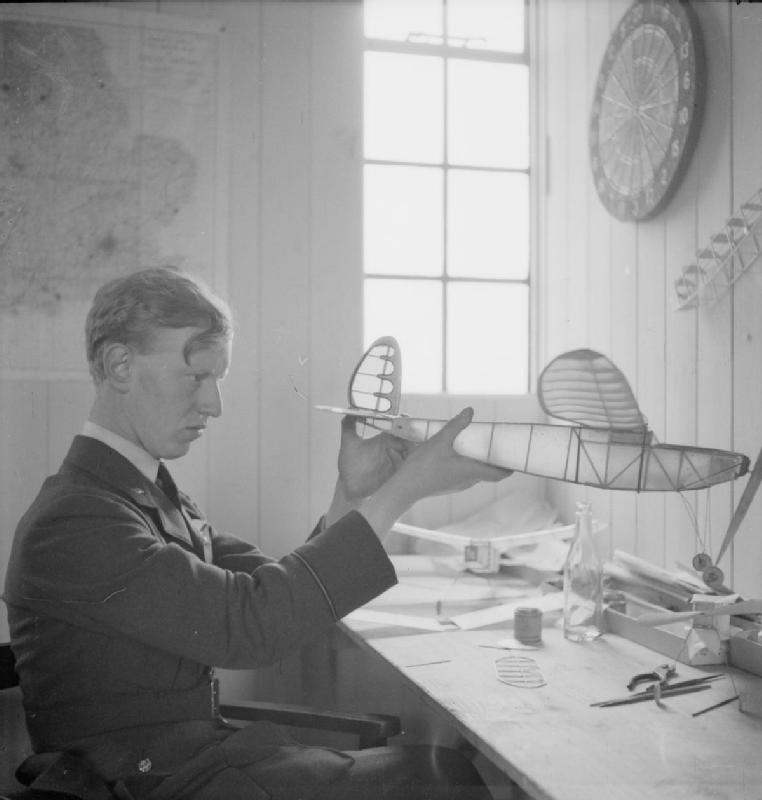
James "Ginger" Lacey was second only to Lock in kills during the Battle of Britain, flying with 501 Squadron all through that long, fateful summer of 1940 when the skies often seemed murderously blue. In less than a year, he was shot down or forced to land due to combat no less than nine times. He was one of the very few RAF pilots on operational duties on both the opening and closing day of the war. His final tally was 28 confirmed, four “probables” and nine damaged. After the war, Lacey went to Japan with No. 17 Squadron, becoming the first Spitfire pilot to fly over Japan on 30 April 1946. He later ran an air freight business and instructed at a flight school, and was an adviser to director Guy Hamilton on the set of the 1969 film, Battle of Britain. Hamilton remembered: "I entrusted Ginger Lacey to be my main adviser. He really was a good chap, totally invaluable." A good chap indeed, he died aged 72, mourned by a grateful nation.
5] Josef Frantisek.
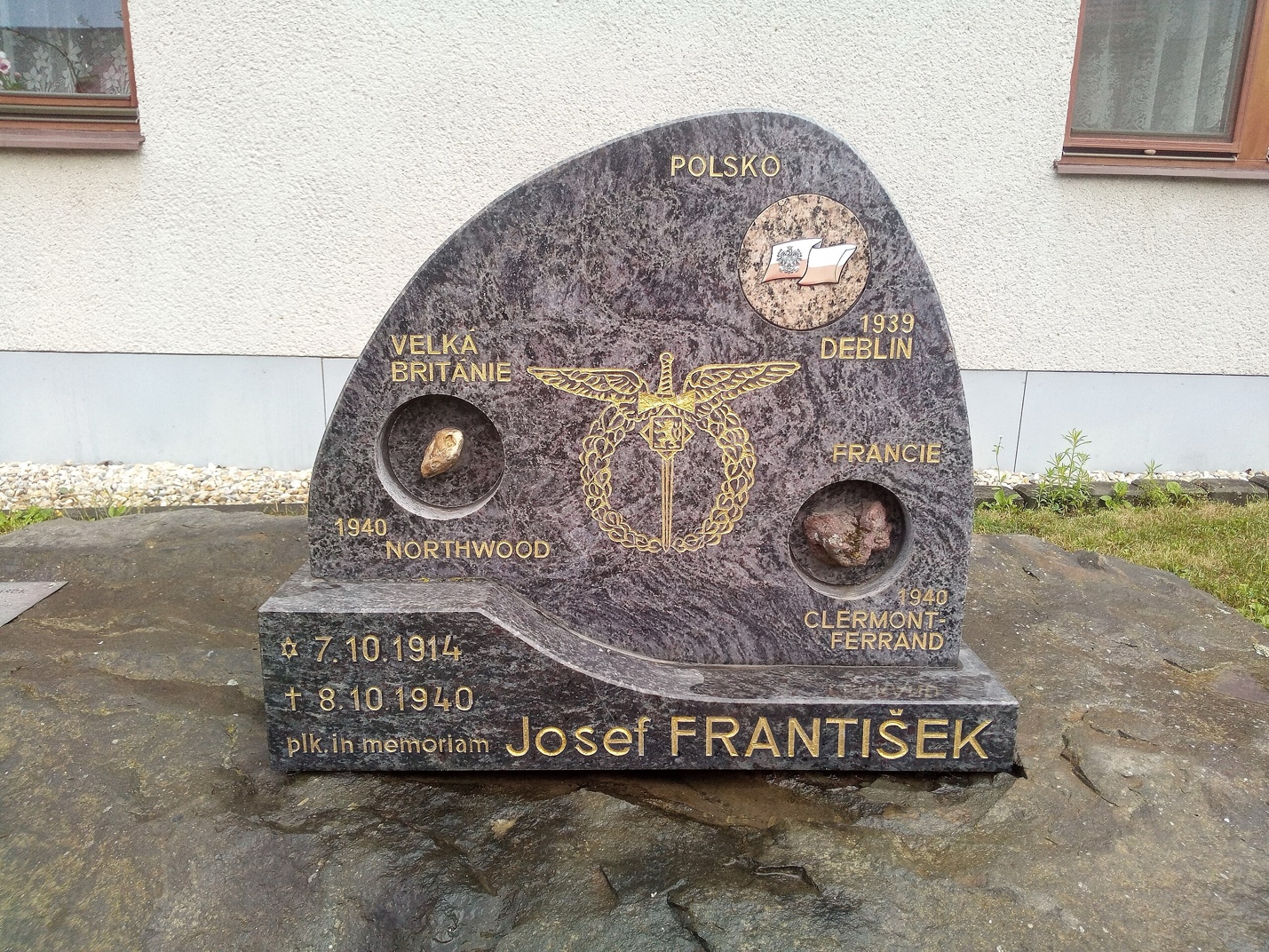
Czechoslovak flyer Frantisek was the highest-scoring non-British Allied ace in the Battle of Britain, with 17 confirmed victories and one “probable”, all gained in a period of just four weeks in September 1940. A veritable killing machine, the RAF had no more effective pilot at the height of the battle that saved Western civilization. A genius at the controls of a Spitfire, with a ferocious hatred of the Nazis, he was also a maverick in the air, breaking rules, breaching protocol, but was far too useful to leave grounded. The RAF wisely found it best to let him patrol alone, as a solo hunter, a role in which he was amazingly successful. He was killed in a crash in October 1940 in the final week of the Battle of Britain.
6] Colin Gray.
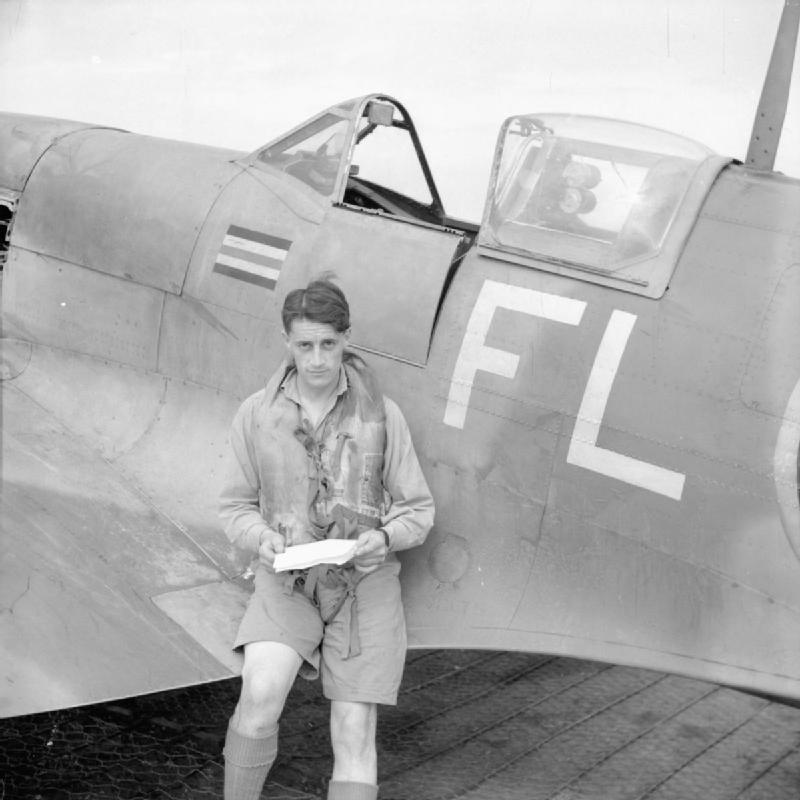
Gray was the top New Zealand fighter ace of the Second World War, credited with at least 27 aerial victories. He flew with No. 54 Squadron during the Battle of France. His twin brother Ken, who had also joined the RAF and was a bomber pilot, was killed in a flying accident, perhaps provoking Colin to seek vengeance. By September 1940, he had shot down 14 German aircraft and had been awarded the Distinguished Flying Cross (DFC). After the war he held a number of staff and command positions in the RAF before his retirement in 1961. He returned to New Zealand to work for Unilever and died in 1995 at the age of 80. As Churchill said of him and his fellow Battle of Britain pilots: “Never in the field of human conflict have so many owed so much to so few.”
7] Paddy Finucane.
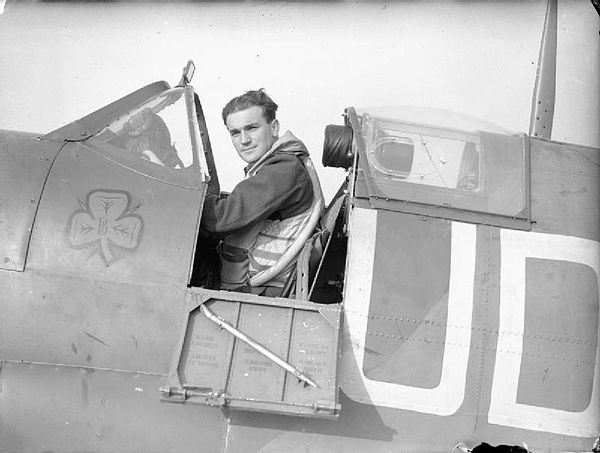
'
Another legend of the skies, Brendan “Paddy” Finucane became an ace while his native country, Ireland, sat out the war in dubious neutrality. Born into a Catholic family, Finucane grew up during a tumultuous time known as the “early troubles” and the Irish Civil War. In 1936, his family moved to England, and he applied to join the RAF two years later. Finucane's first victory came on August 12, 1940, a critical time during the Battle of Britain when the RAF came close to being destroyed on the ground. Finucane was promoted to acting flight lieutenant and joined No. 452 Squadron, destroying 20 German aircraft and claiming several other victories between January and October 1941. In January 1942, he became squadron leader of No. 602 Squadron, adding six more individual victories to his total of 28 before becoming the youngest wing commander in RAF history by June. On July 15, 1942, while on a mission over France, his Spitfire was damaged, and he was forced to ditch into the English Channel, dying aged just 21. He was proud to his last day of the Shamrock etched on his cockpit.
8] Archie McKellar.
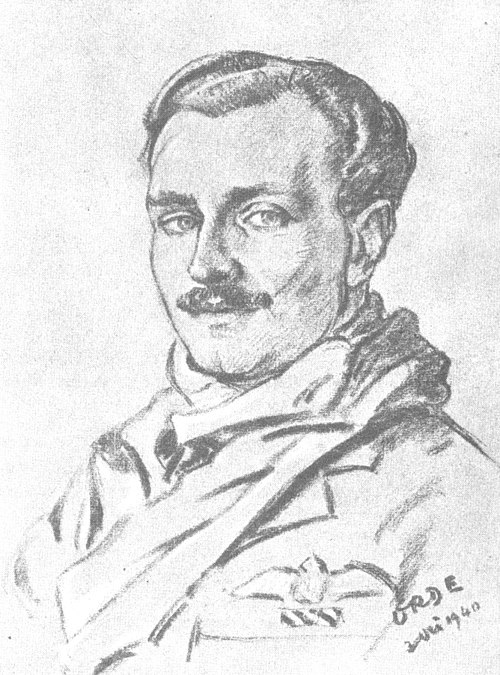
Scotsman McKellar joined No. 602 (City of Glasgow) Squadron RAF and began flying the Spitfire, and notched up two victories shortly after the outbreak of war, becoming the first pilot to shoot down a German aircraft over the British Isles. In 1940, he gained further fame as the squadron leader of No. 605 Squadron RAF during the Battle of Britain. His combat career lasted just over a year, with most of his 21 victories occurring in the last two and a half months of his life. On 7 October 1940, he shot down five Messerschmitt Bf 109s in one day, becoming one of only 24 Allied aces to achieve this feat. On 1 November 1940, just after the Battle of Britain ended, he was killed in action. During his final mission, he engaged German fighters and possibly shot down another before being shot down himself.
9] Robert Stanford Tuck.
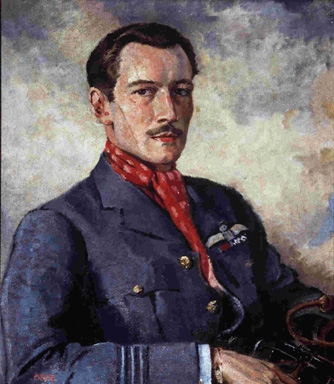
Tuck was one of the best pilots in RAF history, rising to the rank of Wing Commander. He was a jolly good bloke indeed, seeing combat during the Battle of France, in the vicious skies over Dunkirk, claiming his first victories as what was left of the British Expeditionary Force was evacuated by the famous armada of small boats. As the Battle of Britain drew to an end, he was promoted to squadron leader, commanding a Hawker Hurricane squadron - the Hurricane was not as sexy a plane as the Spitfire but a formidable workhorse nonetheless, and skilled pilots loved it. In 1941–1942, Tuck participated in fighter sweeps over northern France. On 28 January 1942, he was hit by anti-aircraft fire, was forced to land in France, and was taken prisoner. At the time of his capture, Tuck had claimed 29 enemy aircraft destroyed, two shared destroyed, six probably destroyed, six damaged and one shared damaged. One of the best books about flying in WWII is “Fly for Your Life”, by Larry Forrester, a biography of Tuck's amazing life. Tuck also worked as a technical adviser to the film Battle of Britain (1969). Notably, he became friends with the notorious German pilot, Adolf Galland, one of the most lethal German aces. Tuck was even godfather to Galland's son. He died on 5 May 1987 at the age of 70, lauded by all as the epitome of elan and grit in the air.
10] Billy Fiske.
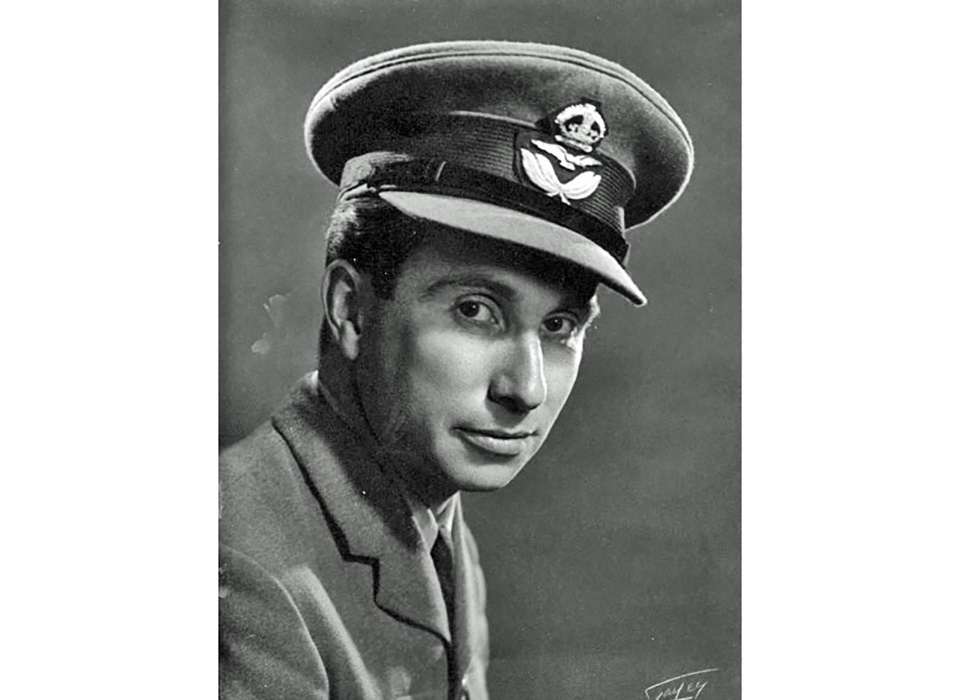
Billy Fiske was an incredible American - a two-time Gold Medal winner, in the bobsled, at the Winter Olympics, who became a banker and then married an English “rose”, actually called Rose. He fought in the RAF illegally as an American when his native country was strictly isolationist and had passed laws to strip him and other Yanks of their citizenship if they fought for the British. He quickly distinguished himself during the Battle of Britain, ever eager to duel with the Germans. Fiske crash landed, having sustained terrible burns on August 16, 1940, and died the next day. His sacrifice made him one of the first American pilots to die in the war and the first to give his life for my native country in the Battle of Britain. A pioneer who could not stand by as democracy went up in flames.